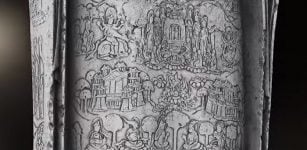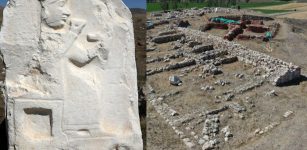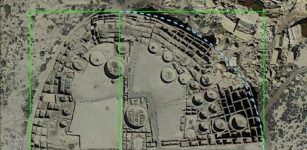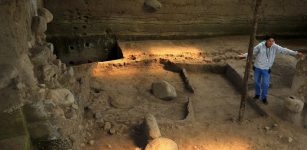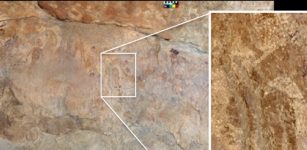New Clues To Maya Collapse Uncovered
MessageToEagle.com – Research team working in Ceibal-Petexbatun Archaeological Project and led by Takeshi Inomata of the University of Arizona, have studied both collapses of Maya civilization at Guatemala’s Maya site of Ceibal.
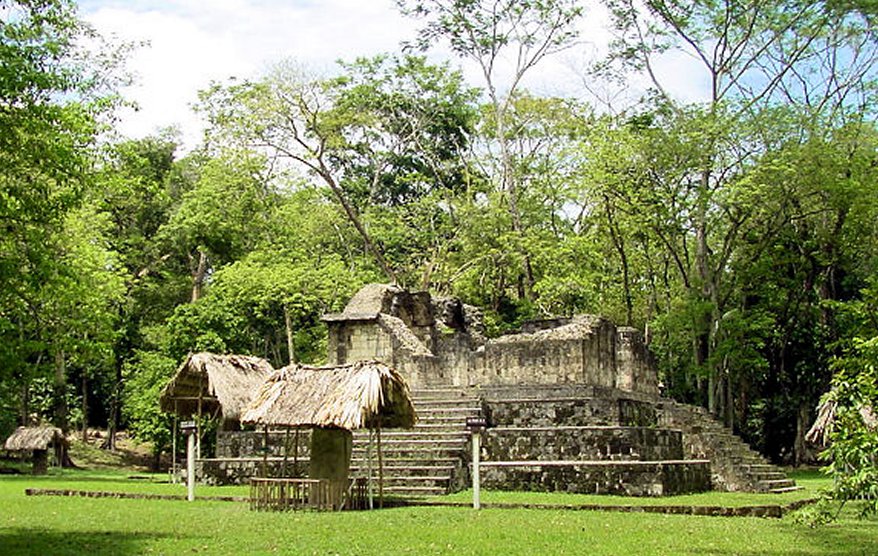
The ancient site was occupied for about 2,000 years, between approximately 1000 BC and 950 AD.
Using more than 154 radiocarbon dates ever obtained from a single Maya site and meticulously studying ceramics from the site, archaeologists have developed precise chronology patterns that may help to shed light on these – still unexplained – collapses.
See also:
Blue Hole In Belize Could Explain The Collapse Of The Mayan Civilization
Ancient Ruins Of Xunantunich – Mayan City That Once Flourished
Ancient Time-Capsule: Mayan Village In El Salvador Preserved By Volcanic Ash 1,400 Years Ago
Beyond The Maya Temples: Ancient Bones Reveal The Everyday Lives Of Maya People
Both collapses followed similar trajectories, with multiple waves of social instability, warfare and political crises leading to the rapid fall of many city centers, according to Takeshi Inomata and his colleagues.
“What we found out is that those two cases of collapse (Classic and Preclassic) follow similar patterns,” said Inomata.
“It’s not just a simple collapse, but there are waves of collapse. First, there are smaller waves, tied to warfare and some political instability, then comes the major collapse, in which many centers got abandoned. Then there was some recovery in some places, then another collapse.”
While the findings may not solve the mystery of why exactly the Maya collapses occurred, they are an important step toward better understanding how they unfolded.
“It’s really, really interesting that these collapses both look very similar, at very different time periods,” said Melissa Burham, one of three UA anthropology graduate students who co-authored the paper.
“We now have a good understanding of what the process looked like, that potentially can serve as a template for other people to try to see if they have a similar pattern at their (archaeological) sites in the same area.”
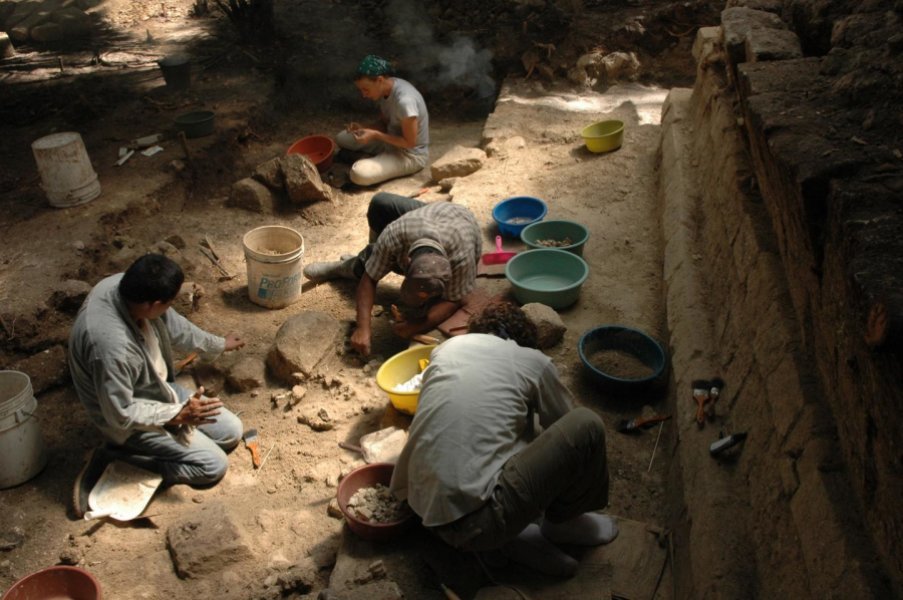
Inomata also added that “radiocarbon dating has been used for a long time, but now we’re getting to an interesting period because it’s getting more and more precise.”
“We’re getting to the point where we can get to the interesting social patterns because the chronology is refined enough, and the dating is precise enough,” he said.
The team presents their results in the Proceedings of the National Academy of Sciences.
MessageToEagle.com
Expand for references

